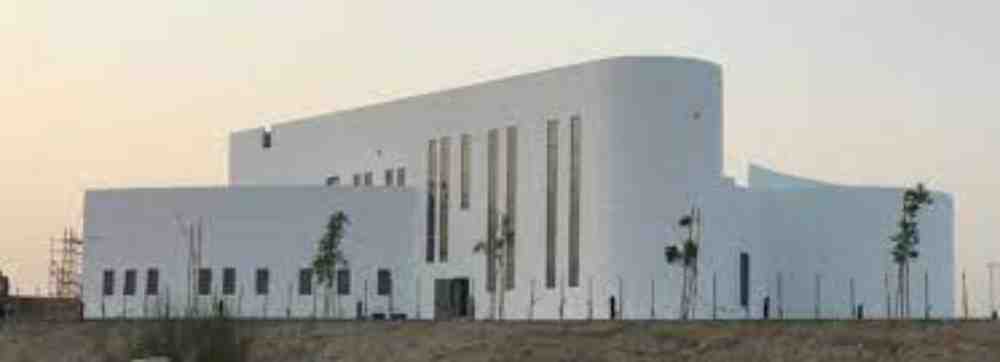The Middle East is witnessing an increase in demand for 3D-printed projects.
3D printing construction is set to revolutionise the industry. The GCC has already taken a step into the 3D printing industry, with various structures built using the technology across the region. Among the various structures to be mentioned are a 3D printed house in Saudi Arabia, the Dubai Future Foundation building, a 3D printed villa in Sharjah, a 3D printed bus stop in Ajman, and the Dubai Municipality building.
Dubai is now close to achieving the world’s first fully functional 3D-printed mosque, located in Bur Dubai. The 2,000-square-meter mosque’s construction, which began in October 2023, will accommodate around 600 worshippers. The mosque is set to open in 2025, and its structure, which will be built using 3D printing technology, will take about four months to complete and an additional 12 months to add appropriate facilities for worshippers. The emirate’s Department of Islamic Affairs and Charitable Activities (IACAD) is currently coordinating with Dubai Municipality for final approvals on the design.
3D printing enables the design and printing of more complicated patterns than conventional manufacturing techniques, which helps create more flexible designs. Additionally, this method is environmentally friendly because it uses less material waste than previous methods and is, therefore, more efficient. With 3D printing, construction is done with precision and accuracy, ensuring that structures are built to exact specifications and reducing the need for repairs or renovations. It also opens up new possibilities for innovation and creativity in the fields of architecture and engineering.

The Dubai Future Foundation building bagged a Guinness World Record title as the world’s first 3D-printed commercial building. This building’s entire structure was created using a 3D printer while the printer was installed on-site within two days. This innovative project’s construction method reduced labour costs by over 50 percent compared to traditional buildings of similar size. It also minimized waste on the site, leading to a reduced environmental footprint for the project.
The Middle East is already a centre of Robotic building innovation. It can reduce construction waste and labour costs, which is primarily the reason why 3D printing is the current trend.
